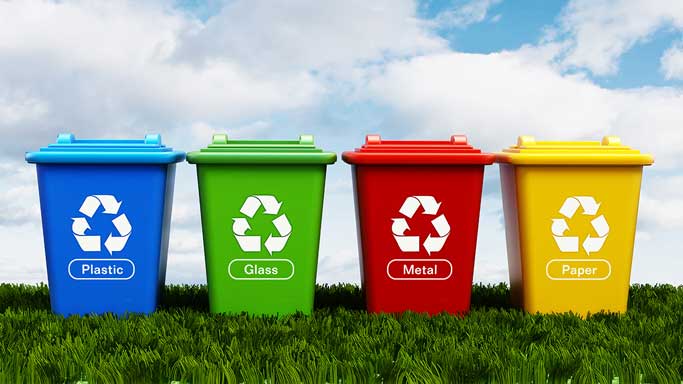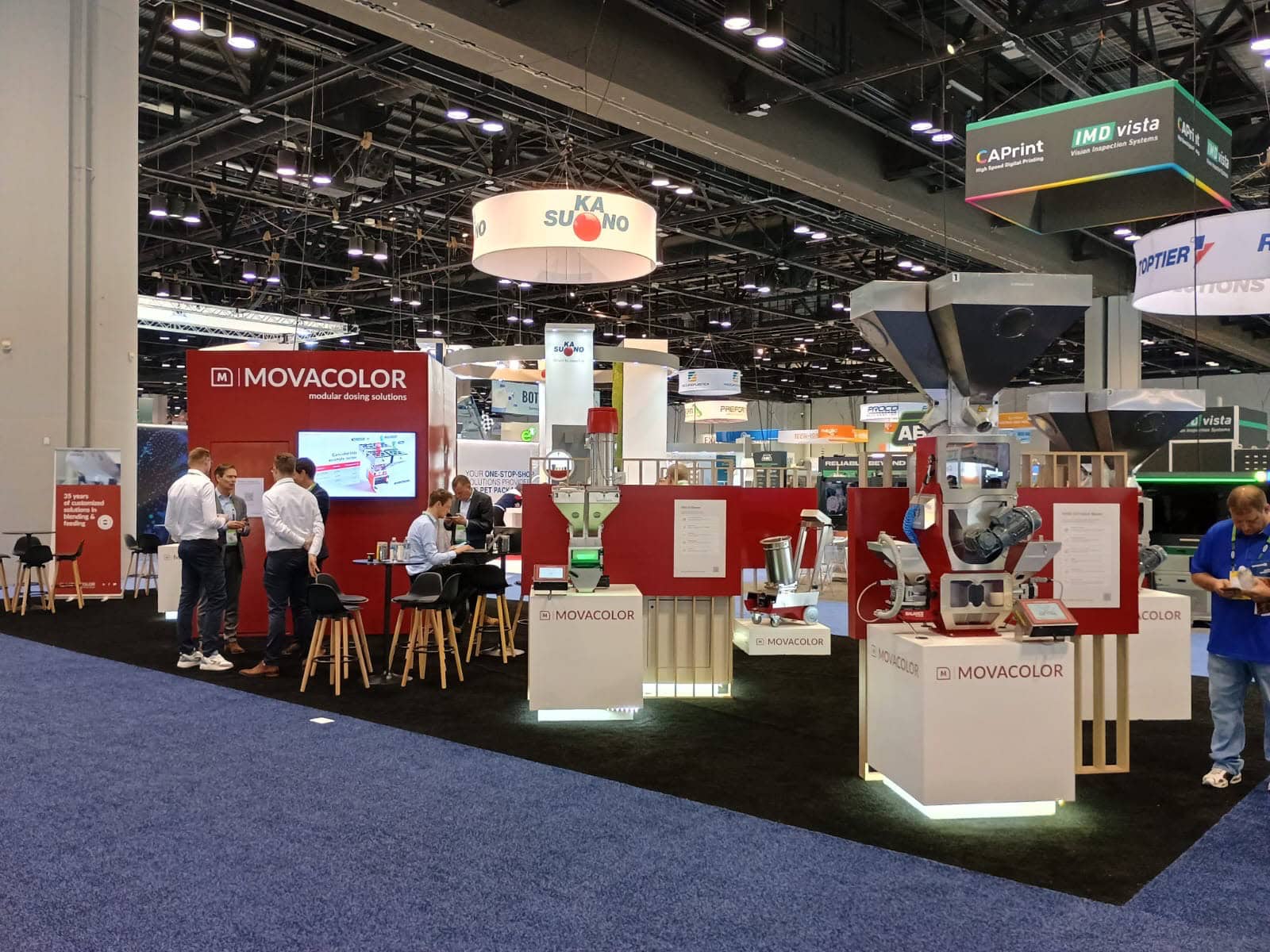How can we join forces to achieve success in PET recycling?

“Polyethylene terephthalate PET is athermoplastic polyester. The plastic is used for a number of items such as PET bottles and other food packaging; for industrial and textile fibers like fleece; for films, plates and kitchen utensils. When warm, PET can be easily shaped..” Further examples of products that are made from PET include rain gear, fleece blankets, 3D filament, shampoo bottles, lunch boxes, tubs for butter and flasks.
Now that we know what PET is and what it is used for, it is also understandable why it is such a commonly used material. Let’s take a soft drink bottle made of PET as an example. These bottles are lightweight, non-breakable and excellent for recycling. In order to recycle PET bottles, they are first collected, cleaned and then cut into small flakes measuring around a half centimeter. We call this material recycled PET flakes. When these flakes are melted, they can be made into granules. This granulate is called rPET and it can be reused to produce new bottles!
So in order to make this entire chain successful, three main elements are actually needed:
- Willingness among consumers
- Willingness among manufacturers
- Technological capabilities
While this may sound pretty simple, the results in practice are sadly disappointing. Now I’ll explain why this is the case.
1. Willingness among consumers
Nowadays, everyone knows that you shouldn’t throw away plastic in nature and instead should dispose of it separately in the trash, right? Unfortunately, not everyone actually does this – for a variety of reasons. After all, handling plastic in an environmentally conscious way costs money, not to mention time and effort. The latter reason is why people in countries that are facing worse economic conditions tend to be less environmentally conscious. In addition, the research company Kantar concluded that nearly half (48%) of those surveyed from Asia, Europe and Latin America expect manufacturers to take action themselves to use less plastic.
2. Willingness among manufacturers
In virtually every case, the goal of a manufacturer is to produce a product of the highest possible quality at the lowest possible cost. In practice this unfortunately does not always go hand in hand with using rPET, because guaranteeing the highest quality also requires high-quality rPET. This high-quality rPET is then often collected using a mono-collection system, such as the deposit stream, which means that this recycled material is often more expensive than new PET. So what incentives are there for manufacturers to use recycled PET?

To encourage manufacturers to use rPET, for example, several European countries have made agreements when it comes to PET recycling.
- Mandatory PET content of 25% (calculated as an average for each EU member state) in PET bottles by 2025, which is to be increased to 30% by 2030. – Specific targets for separately collecting PET bottles for recycling: 77% by 2025 and 90% by 2029, to be achieved through deposit schemes or separate collection schemes.
- New design requirements: single-use bottles are only allowed on the market if their caps and seals are designed to remain attached to the bottle.
3. Technological capabilities
As explained earlier, PET bottles are ground into flakes after collection and then washed and dried. The separated flakes are then processed into granules (rPET) using extruders. This process requires a fairly large amount of energy as the flakes need to be melted before being turned into granules. But the good news is that manufacturers are not the only ones who are coming up with innovative ways of creating common solutions. Companies like Movacolor are also doing their very best to make recycling more attractive. In fact, the MCHigh Output 2500R can introduce PET flakes directly into the process of making new bottles, without first having to turn them into granules. In other words, this ingenious technology skips a complete energy-intensive step throughout the entire recycling process. This ensures gains in both time and energy.

Will we succeed?
An ideal system can only be achieved through concerted efforts. We all have to do what we can in one way or another, which also means that some costs may be a little higher than we are otherwise accustomed to. But if everyone works toward the same common goal – using raw materials as efficiently as possible and thereby protecting the environment as much as possible – then we all take a share of the responsibility. That is certainly worth a lot in itself!




